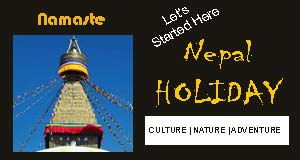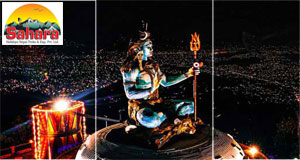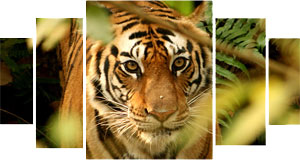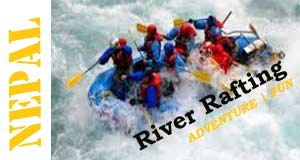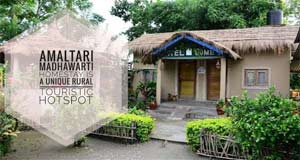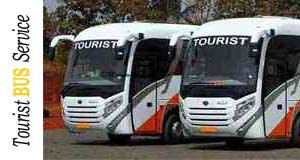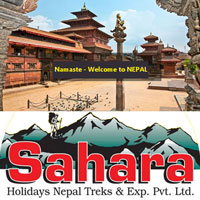WELCOME TO TIBET
Mystical Shangri-la of the TIBET, the kingdom is prohibited on the roof of the world captured the imagination of home pendant centuries. Large explores and then adventures of the century in this Holy Land makes inaccessible by the hostile conditions and normal gangsters in this waylaid through the Himalayas. Lhasa
The magnificent Potala Palace dominates the city of Lhasa. It contains the winter quarters of the Dalai Lama, the jewel encrusted gold and silver stupas of previous Dalai Lama as well as numerous grand staterooms and many important chapels. There are many superb statues. mandalas, murals and thankas to enjoy with the chapels and halls of this imposing palace. There has been a palace on this site since the 5th & 6th century, but the present palace was constructed in the 17th century.
 Potala Palace, Lhasa, Tibet
Barkhor
Potala Palace, Lhasa, Tibet
BarkhorThe Barkhor circles the Jokhang and is the oldest street in Lhasa. Pilgrims from all over Tibet come to complete a circumambulation or this famous and fascinating markets. It contains shops and stalls selling all manner of goods, both Tibetan and imported. You can find religious objects such as paintings and prayer flags, as well as traditional Tibetan clothing and jewellery. It is considered good luch to walk around the Barkhor before entering the Jokhang temple.
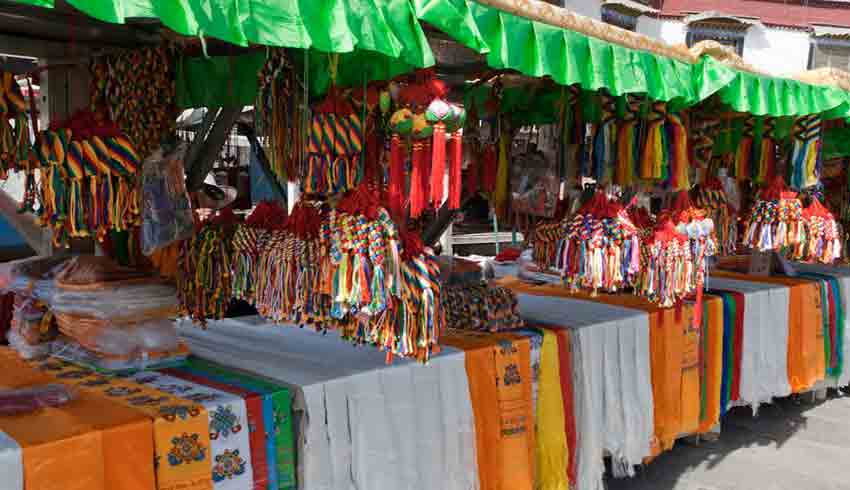 Bharkho Bazar, Lhasa, Tibet
Jokhang
Bharkho Bazar, Lhasa, Tibet
JokhangThe Jokhang is the holiest gompa in Tibet. Shuffle amoung the pilgrims and enjoy the atmosphere of this amazing place, where the smell of thousands of butter lamps fills the air. The Jokhang, which was built in647 AD by the great king Songsten Campo, contains the serene and sacred stature of Jowo Sakyamuni, which is believed to be a likeness of the Buddha when he was 12 yrs ole.
 Jokhang Temple, Lhasa, Tibet
Drepung and Sera Monastery
Jokhang Temple, Lhasa, Tibet
Drepung and Sera MonasteryBoth Monastery Drepung and Sera Monastery are the best preserved monasteries in Tibet, renowned for its lively debating sessions in the courtyard in the afternoons. Within the white washed walls and golden roofs, several hundred monks live and study. Drepung was founded in the 14th century and was once the largest gompa in the world with a population of around 10,000 monks. These days the figure has been reduced to several hundred, but there is still much of interest to see here.
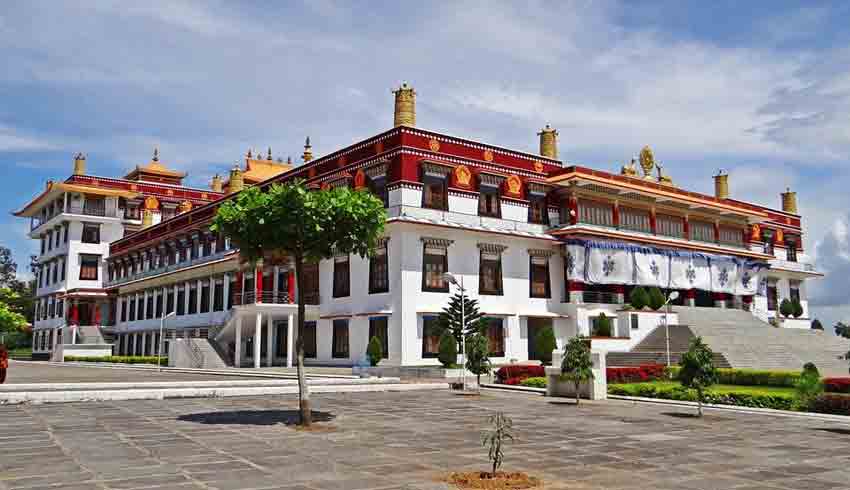 Drepung Monastery, Lhasa, Tibet
Drepung Monastery, Lhasa, Tibet
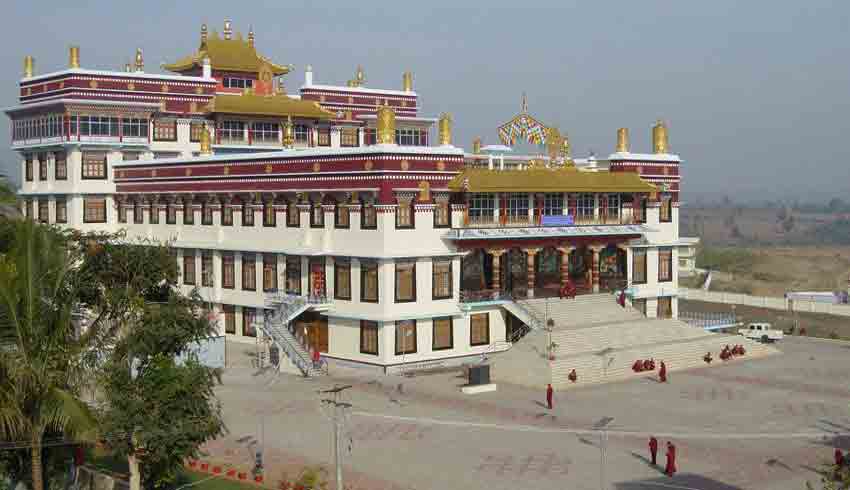 Sera Monastery, Lhasa, Tibet
Norbulingka
Sera Monastery, Lhasa, Tibet
NorbulingkaNorbulingka is the summer palace of the Dalai Lama and lies in a quiet and beautiful garden. One particular mural inside depicts the history of Tibet and all the Dalai Lama. The rooms have remained as they were when the Dalai Lama left in 1959. Here you can also see where Heinnich Harrer lived and taught English, as well as the cars which the great 13th Dalai Lama imported to Tibet.
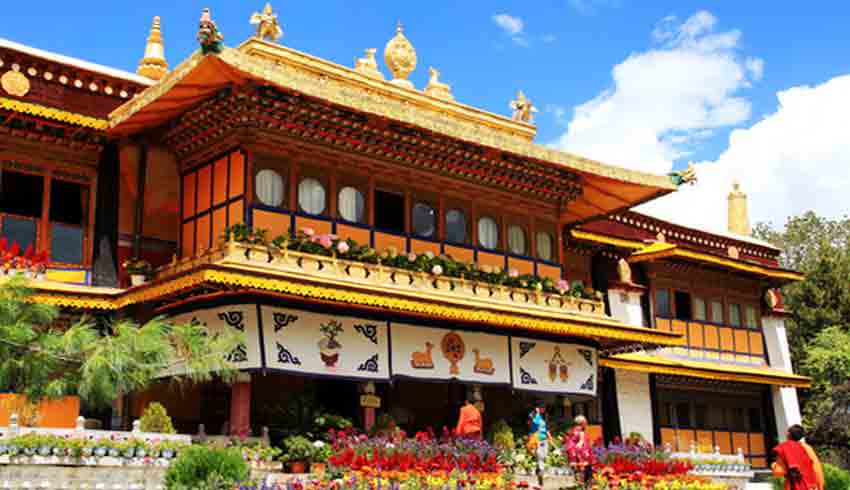 Norbulinkgka Palace, Lhasa, Tibet
Shigatse
Norbulinkgka Palace, Lhasa, Tibet
ShigatseTashilumpho monastery si one of the largest functioning monasteries in Tibet and there is much to explore within its high surrounding walls. It contains the world's largest brass statue of Maitreya Buddha. Tis beautiful reprentation of the future Buddha is over 80 feet tall, with extremely delicate features. Tashilompu is also the traditional seat of the Pancehn Lama, second only in religious importance to the Dalai Lama himself. We also viisit the fascinating local market here, where you will need to bargain hard with the Tibetan stall keepers, especially the ladies.
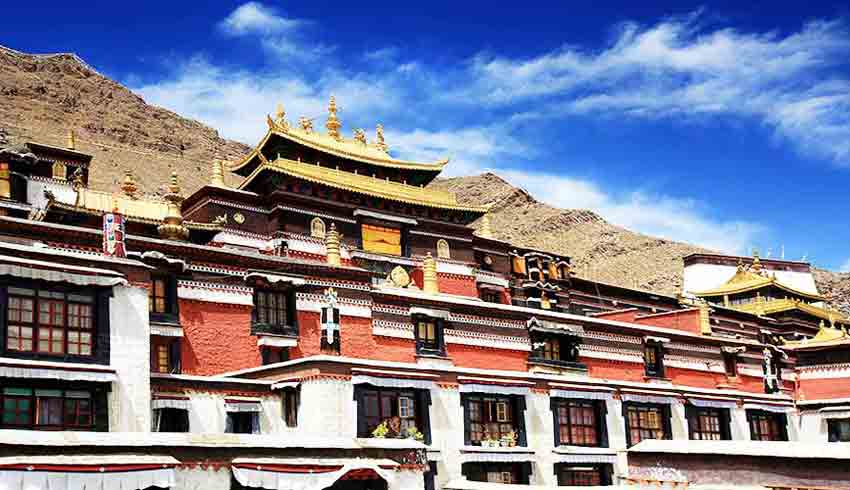 Tashilunpo Monastery, Shigatse, Tibet
Gyantse
Tashilunpo Monastery, Shigatse, Tibet
GyantseIn Gyantse we visit the Gyantse Dzong and Gyantse Kumbum. The Dozong is a fort dating from the 14th century from which there are amazing views of both Gyantse itself and the surrounding Nyang Chu Valley. It was here that the Tibetans brhe havely fought the British invasion by Colonel Younghusband in 1904. at the height of British colonial aspirations in Asia. The mandala shaped Kumbum is a large gold domed stupa and its many small chapels house an impressive arry of Tibetan buddhist murls. The Kumbum is a veritable maze of dark rooms, ceremonials masks and painting.
 Kumbum Stupa, Gyantse, Tibet
Everest Base Camp
Kumbum Stupa, Gyantse, Tibet
Everest Base CampThe northern Everest Base Camp provides stunning uninterrupted views of the Everest massif, as well as Makalu and Shishapangma. To look out of your tent in the morning and see Everest in all her glory is a sight to cherish. The spectacular Rongbok glacier forms part of this amazing panorama. Rambuk monastery, which was founded in 1902 around a series of meditation caves which had been in use for over 400 yrs, is the last hint of civilization we will see in this area. The Lama here traditionally blesses all expedtions aiming for the summit of Mt Everest. The trek to Advance Base Camp provides even more incredible views and a real sense of the awesome grandeur of this mountain.
 Everest Base Camp, Tibet
Mt. Kailash
Everest Base Camp, Tibet
Mt. KailashMount Kailash, located in far west corner of Tibet is the most sacred peak of Asia. The beauty of the 6700-meter high Mount Kailash, that looks like a symmetrical cone shaped rock capped by pure crystalline ice all the time, is echoed in various mythological and literary works. Dominating the north of the Himalayan Barrier with its spectacular view, the Mount Kailash (or Mt. Kailas) is equally venerated as the holiest pilgrimage site by Hindus, Buddhists, Jains and Bön-Po. Tibetans regard this mountain as the manifestation of Mount Meru, “the navel of the earth” where founder of Bon religion, Tonpa Shenrab, is believed to have descended from heaven, Hindus as the abode of Lord Shiva, Buddhists as the abode of Samvara and Jains as a scared site where their prophet, Rishaba attained spiritual enlightenment. With its four sheer walls, distinctive snow-capped peak, and valleys interspersed with brightly-clad Tibetan pilgrims, Mount Kailash or Kang Rimpoche (‘precious snow-peak’, as known by the Tibetans) is an awe-inspiring sight.Four great rivers of Asia: the Karnali, the Indus, the Sutlej and the Brahmaputra (Tsangpo) originate from here. A three-day trek (Parikrama or Kora) around Mount Kailash over a 5630 meter Drolma La (pass), clockwise for Buddhists and Hindus, and anti-clockwise followers of the ancient Bon religion, is said to erase the sins of a lifetime.
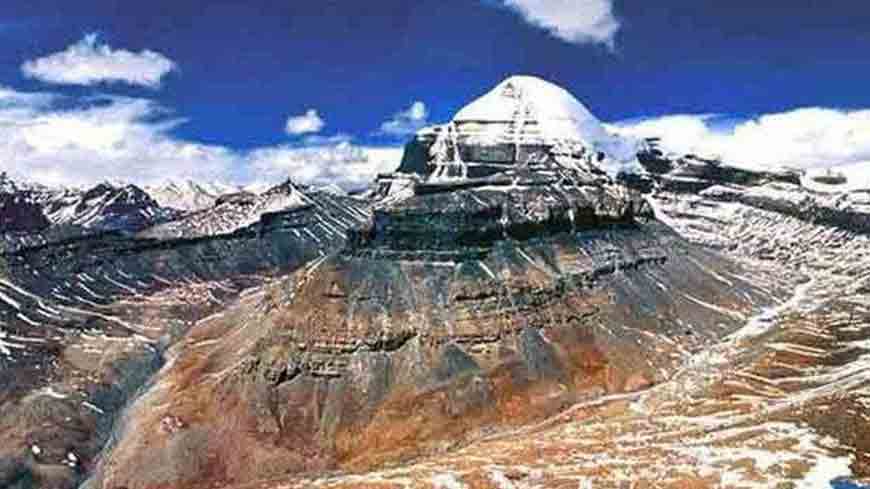 Mount Kailash, Tibet
Lake Mansarovar
Mount Kailash, Tibet
Lake MansarovarMansarovar is situated approximately 30 kms from Mt Kailash and is one of the highest freshwater lakes in the world. This beautiful and sacred lake is an important pilgrimage site for Buddhist and Hindus, as it is believed hat bathing in the holy water will cleanse one's sins. With views to Gurla Mandata 7728m this is a place of serene beauty. On the northwest shore of the lake is the pictureque Chiu monastery.
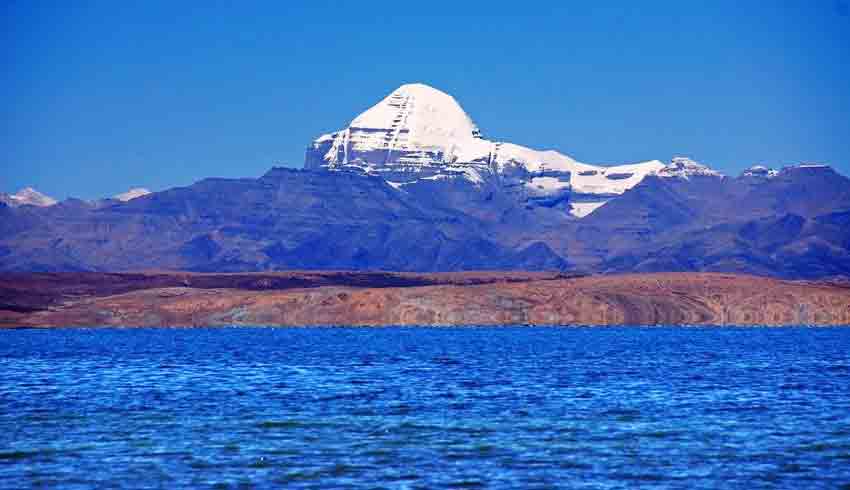 Manasarovar Lake, Kailash, Tibet
Yarlung and Tsethang
Manasarovar Lake, Kailash, Tibet
Yarlung and TsethangYarlung and Tsethang are known as the valley of Tombs and the cradle of Tibetan civilization. The Tibetans believe that they were born of a monkey and an ogress, and it is here in Tsethang that the mysterious Monkey Cave is located. The old earth tombs of the great ancients Tibetan kings, including songshen Gampo, scatter the plains in the highest royal gravery and in the world. you will also see small but charming temples containning statues of Songshen Gompo, his wives and ministers. This area also boasts Tibet's oldest building, built in the 2nd century. Yambu Lakhang was builtsfor the first Tibetan king Nyatri Tsenpo and is perched high in the mountains overlooking the plains. Once used as a summer palace by Songsten Gampo, it was convered to a monastery after he moved the capital to Lhasa. The Yarlung Tsang Po canyon is the largest in the world, a magnificent gorge set amoungst lush forests. This are is home to many rare and beautiful species of flora and fauna including blue sheep, Kiang Tibetan Donkey,nd magnificent rododendron forests.
 Yumbhulakhang Monastery, Tibet
Yumbhulakhang Monastery, Tibet
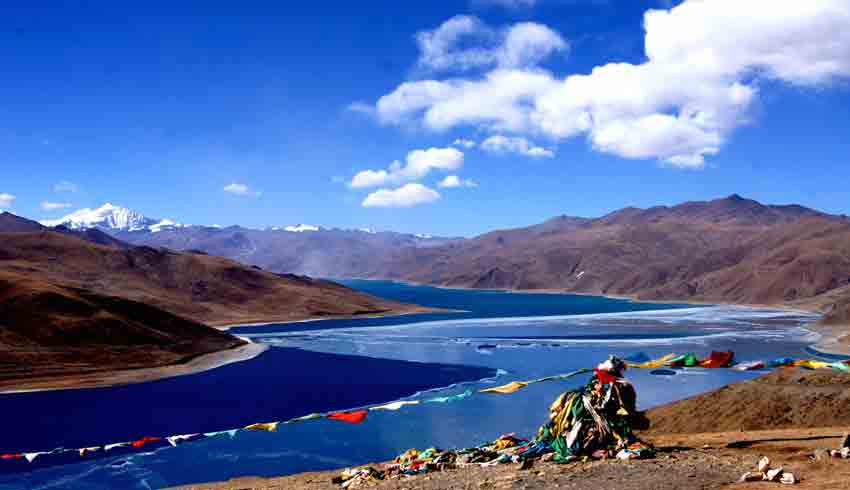 Yamdrok Lake, Yarlung Valley, Tibet
WEST TIBET
Yamdrok Lake, Yarlung Valley, Tibet
WEST TIBETThe Guge Kingdom was founded in the tenth century by a descendant of the King Lang Darma,who fled from Lhasa after the collapse of the Tubo Kingdom. The Guge Kingdom survived about 700 years and disappeared mysteriously in the 17th century.The Guge ruins lie at a hill top near a river and cover 180,000 square meters.Houses,cave dwellings, monasteries and stupas are distributed on the hill and surrounding areas.There are palaces set on the sumit and monasteries on the mountain side.The kingdom was enclosed by walls and also had many tunnels.Some of the structures remain in good condition at this time.The Guge Kingdom is famous for its murals.Sculptures and stone inscriptions can also be found on the surviving structures.The White palace,Red palace,Yamantaka Chapel,Tara Chapel and Mandala Chapel all still exist in good condition.
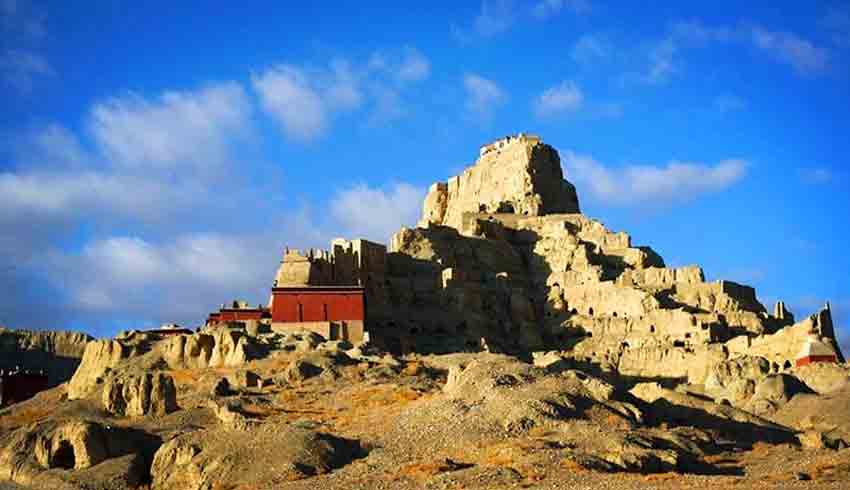 Guge Kingdom, West Tibet
LHASA & KAILASH (TIBET) TOUR FIX DEPARTURE 2024
Guge Kingdom, West Tibet
LHASA & KAILASH (TIBET) TOUR FIX DEPARTURE 20241. KATHMANDU LHASA OVERLAND TOUR (7N/8D) DRIVE IN / OUT: DEP: EVERY SATURDAY via Rashuwagadhi & Kerung Border - PRICE US$ 1050/- Nett Per Person
2. TIBET EVEREST BASE CAMP TOUR (7N/8D) DRIVE IN & FLY OUT OR VICE VERSA: DEPARTURE: PRIVATE TOUR - REQUIRE 5 PAX - PRICE US$ 1180/- Nett Per Person
3. TIBET EVEREST BASE CAMP TOUR (9N/10D) DRIVE IN & DRIVE OUT: DEPARTURE: PRIVATE TOUR - REQUIRE 5 PAX - PRICE US$ 1550/- Nett Per Person
4. MOUNT KAILASH & MANSAROVAR TOUR (9N/10D) DRIVE IN/OUT: DEP: AS PER THE PUBLISHED DATE & MONTH - (SAGADAWA FESTIVAL & FULL MOON DEPARTURE - PRICE US$ 2500/- Nett Per Person For More information
Contact EM@IL: holidaynepal@gmail.com HOTLINE: +977 9841 911150 | +977 9816 770504 WhatsApp

